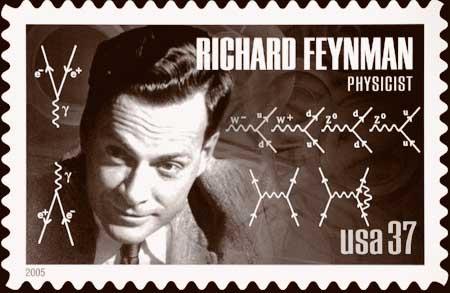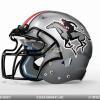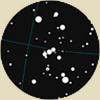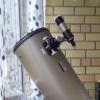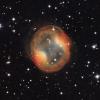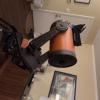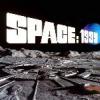Well stated Bill and precisely my point. The most baffling thing to me though is why some others who apparently have experience still don't realize this. I'm still trying to wrap my head around that. I have the option to roll out a few different high quality scopes at any given moment, a 4" apo, 6" apo and a 10" DK etc. I have no reason to roll out any 6" or 10" etc for doubles unless the target requires more aperture to be resolved even if the seeing is excellent. I still often use the 4" apo because countless doubles in my Burnham's Celestial Hanbook can be resolved beautifully in a 4" and so there's no need to use anything larger. Why don't others see that this is all relative. For example I was observing Achird the other night. In order to enjoy the view, do I need to bring out the most extreme large aperture I've got? I just don't get some of the posts in these forums sometimes regarding this constant beating about observers gotta have the largest telescope for everything they look at.
I use them all.. big, small, exquisite optics, so-so optics.
It is true that all things are relative.. On the other hand, nearly all the doubles that can be split with a 4 inch scope can be split with a 10 inch scope but of course the reverse is not true. Myself, I spend a lot of time enjoying doubles in my 3, 4 and 5 inch scopes, refractors and Newtonians. But at the same time, I recognize that my 10 inch generic GSO Dob is a much more capable instrument and that the effort required to set it up is only minimally more than the 4 inch APO so when doubles are the primary meal on the menu, I do make that small added effort and setup either the 10 inch F/5.5 or my 13.1 inch F/5.5 with the R. Royce mirror. These split doubles, particularly the 13.1 inch that are beyond the capability of any affordable, manageable refractor. I am an opportunistic observer, I take what the sky gives me... It's not just one double, it's a variety of doubles and they depend on the conditions... I am not setting up with only a single target in mind..
So I would say this: I also have a variety of high quality (and not so high quality) scopes to roll out. If one has easily setup larger scopes, then the question of whether to roll out the larger scope can be "Why not roll it out?" Generally the reason has to do with thermal equilibrium and the possibility of clouds rolling in.. But when I do roll out one of the larger scopes and spend some time observing doubles, I do wonder why I ever bother with the refractors, the larger Newtonians are just so much more capable..
And that is the focus of this subthread. All scopes are competent at splitting doubles. And small refractors and small reflectors present the doubles within their capabilities very nicely and without much trouble. But in the big picture, they are limited in what they can do... I use them all but I recognize that their limitations...
I wonder why experienced observers have trouble simply acknowleging that refractors are good for splitting doubles that are within their limits just as they are at viewing galaxies that are within their limits but there are other scopes with larger apertures that are more capable..
As I said, I use them all.
Jon


